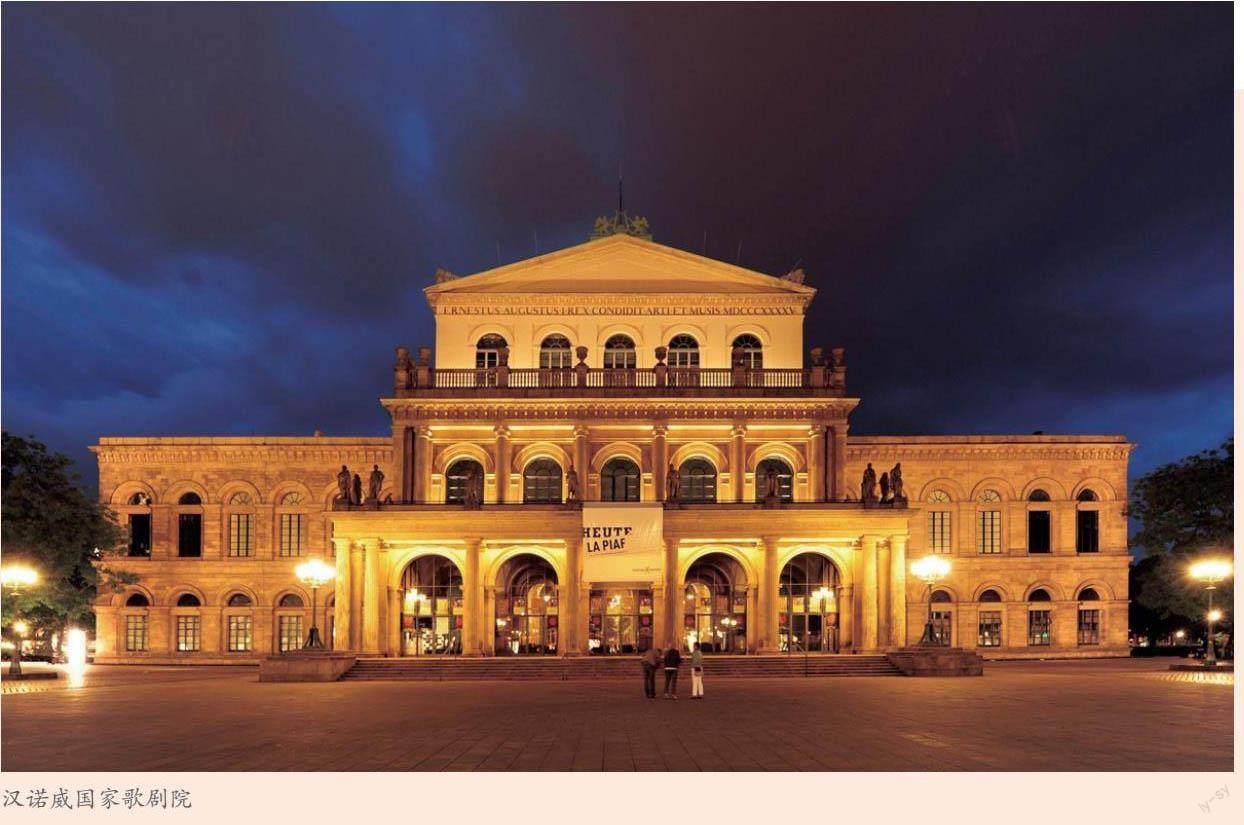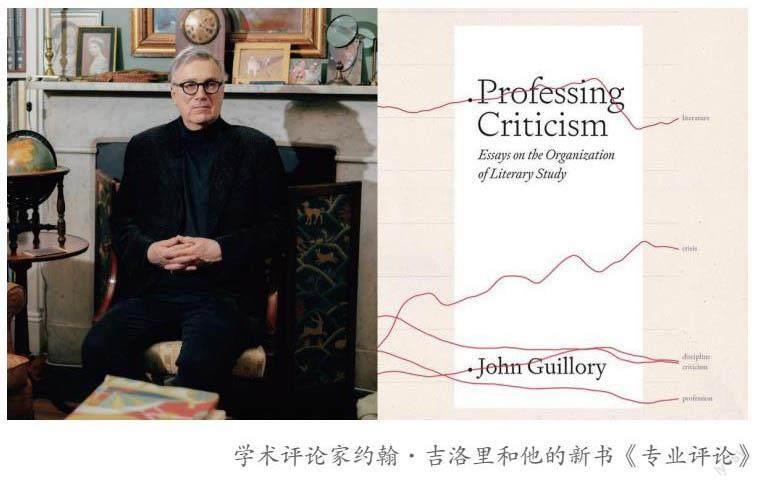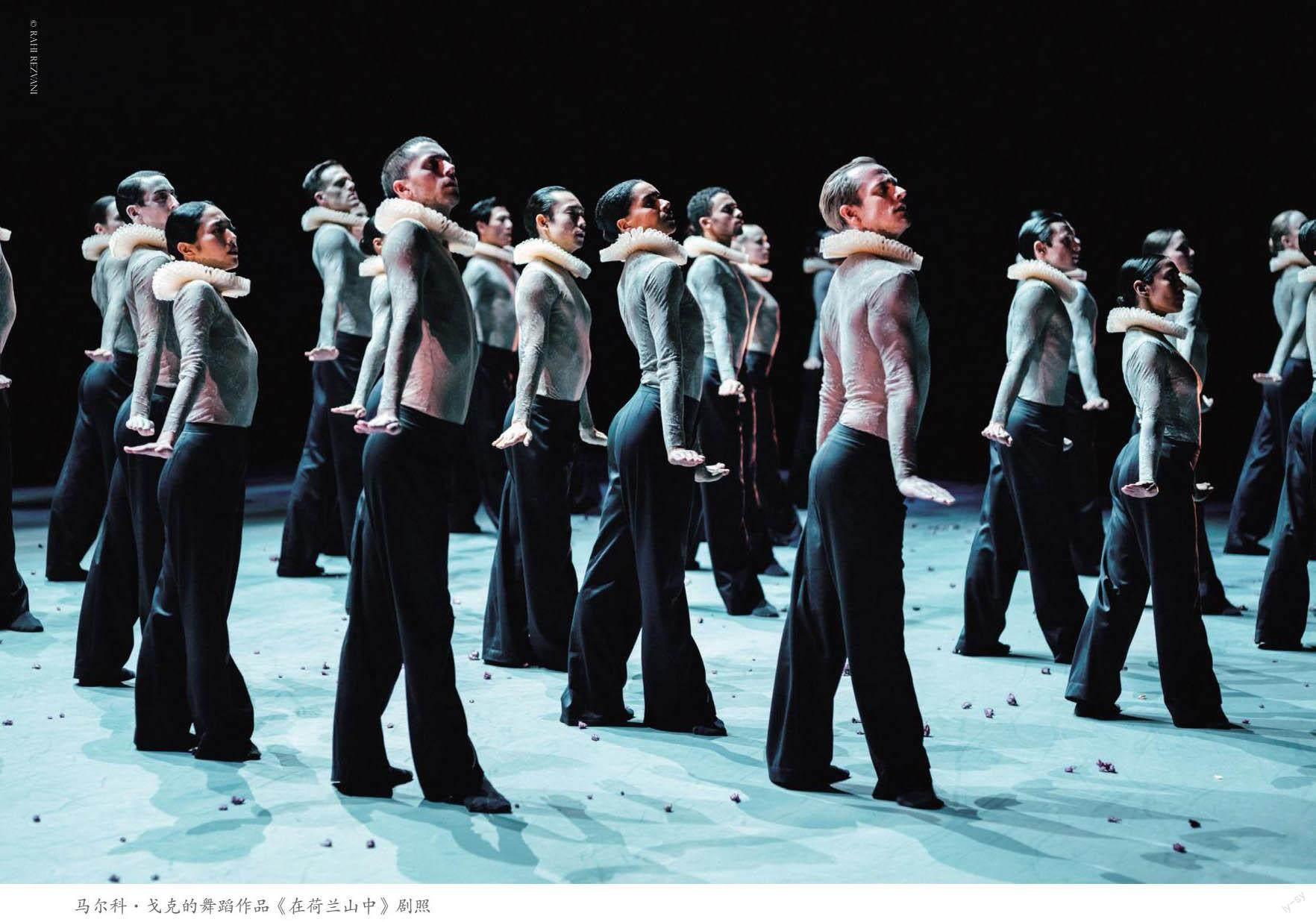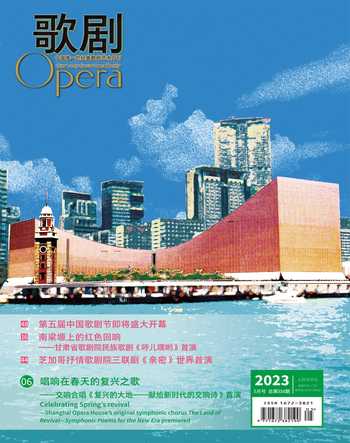麻煩來了:對評論不太藝術的回應
司馬勤



在過去的幾個月里,評論界受到了很多……嗯, 批評。去年2 月,《紐約時報》的一篇文章挑釁地提出這個議題:“學術化的文學批評:它有什么好處?”第二天,同一家報紙上刊登了另一篇文章,題為“藝術評論家群體中的分歧擴大”。
然而,大約一周后,“狗屎事件”出現了。
無論你關心何種藝術形式, 面臨的問題都是一樣的。上文提及的第一篇刊登于《紐約時報》的文章, 聚焦了學術評論家約翰· 吉洛里(John Guillory)的新書《專業評論》(Professing Criticism ),該書從本質上提出了一個問題:高度專業化、理論復雜的評論,能真正為公眾服務嗎?
我們應該注意到,吉洛里習慣于煽風點火,把事情搞得一團糟。大約30 年前,他在《文化資本》(Cultural Capital )一書里,也發表了類似的挑釁性聲明——提醒人們,在你想討論的任何領域, 所謂的“偉大的經典作品”,內容并不是永久固定的,而僅是一個架構且會就其內容定期進行開放談判。吉洛里對前來參與磋商的人并不完全滿意, 但他的想法與20 世紀90 年代初“身份政治”的興起產生了強烈共鳴。在當時,女性、有色人種和其他各種少數族裔群體開始質問,為什么這么多社會元素被排斥在外。
在過去的幾年里,這些變革之風已經升級為狂風暴雨,“黑人的命也是命”和其他的社會事件都在呼吁提高藝術的多樣性,并要求對缺乏社會包容性的行為進行歷史解釋。這已經成為國際藝術評論家協會(International Association of Art Critics)的一個關鍵性爭議話題的來源背景:視覺藝術究竟需要多大程度的多樣性——不僅僅是在藝術從業者中,也包括那些存在于藝術作品的角色?國際藝術評論家協會總部位于巴黎,由約6000 名作家(其中約有500 名美國作家)組成。
但這些基本上都是些雞毛蒜皮似的小爭吵。幾天之內,一名編舞家在中場休息時與一名舞蹈評論家發生對峙,這場沖突幾乎升級為一場戰爭。當時,漢諾威國家歌劇院的芭蕾舞總監和首席編舞馬爾科· 戈克(Marco Goecke)質問《法蘭克福匯報》(Frankfurter Allgemeine Zeitung )的評論家維布克·胡斯特(Wiebke Hüster)在劇院里做什么,因為當天早上維布克· 胡斯特在報紙上發表的評論中聲稱, 馬爾科· 戈克剛剛在荷蘭世界首演的舞蹈作品《在荷蘭山中》(In the Dutch Mountain ),讓觀眾“在精神錯亂和無聊中反復交替”。然后,他從口袋里掏出一袋狗屎,把它涂抹在了評論家的臉上。
據說,遭到狗屎襲擊后,胡斯特尖叫起來。等到她恢復冷靜,她離開劇院并報了警,還提出了刑事指控。漢諾威國家歌劇院院長勞拉· 伯曼(Laura Berman)也立即獲知這宗事件,因為目擊者擔心情況會變得更糟。
有關這場爭執的消息很快在網上瘋傳。表演藝術圈差不多人人都在談論這宗事件。在精英文化的世界里,這相當于威爾· 史密斯(Will Smith)在奧斯卡頒獎典禮上扇了克里斯· 洛克(Chris Rock) 一巴掌。人們一直在問,為什么馬爾科· 戈克這樣一位受人尊敬的藝術家,并且他剛剛在2022 年贏得了德國著名的舞蹈獎Deutschen Tanzpreis 獎, 會如此公開地攻擊這樣一位著名的評論家?這是否表明藝術家回應公眾批評的方式發生了變化?
截至目前,馬爾科· 戈克執導的作品仍保留在漢諾威國家歌劇院的劇目中。但在事件發生后的那周末,這位編舞家失去了劇院芭蕾舞總監的工作。顯然,作為一名藝術家,他對負面評論的反應很容易被理解,并且在某種程度上可以容忍;但作為一個政府機構的公眾代表,人們對他的容忍度就沒那么高了。
《紐約時報》關于文學和視覺藝術評論的文章傳達出的信息是,如今,任何藝術領域的任何實質性分析,都在受到社會文化和資本力量的威脅。一方面,文學界已經進入了一個“后批判” 階段,重視隨意的“外行閱讀”(以及同樣隨意的新聞簡介和網絡聊天),而不是專業評價;另一方面,發表藝術評論的媒體越來越少,哪怕僅是膚淺的泛泛之談。《紐約時報》稱,大多數視覺藝術的評論家所發表的評論,更像是為博物館和畫廊寫的銷售文案。
但是,多虧了一袋狗屎,我們才能看到一個獨立意見的力量是多么強大。
“回想起來,我清楚地意識到,在我們爭論最激烈的時刻,這樣做是一個可恥的行為。”戈克在一份正式聲明中說,但似乎沒有人愿意相信他的言論。事實上,這位編舞曾向德國公共廣播公司NDR 抱怨說,胡斯特多年來一直在用評論攻擊他。但說真的,當發生分歧時,有多少人口袋里剛好會裝著一袋狗屎?
荷蘭舞蹈劇場立即回應稱,戈克的行為“違背了我們的價值觀”,但仍讓他繼續擔任副編舞。但在澳大利亞芭蕾舞團,戈克就沒那么幸運了, 該芭蕾舞團放棄了本演出季晚些時候帶戈克的作品去倫敦皇家歌劇院巡演的計劃。
然而,戈克聲稱他只是想加入有關評論的辯論。他說,這主要是想建立起評論“分界線”的問題。他告訴《紐約時報》,“評論家不應以個人主觀意見和泄憤的方式寫作”,特別是“當藝術機構在遭遇因新冠疫情停擺后,仍在試圖重新站穩腳跟和重新吸引觀眾的時候”。然而,該事件的目擊者稱,戈克認為胡斯特個人應對許多芭蕾舞的“鐵粉”們在疫情后取消他們的季票而負責。在交流過程中,他還威脅要永遠禁止她進入劇院。
不出所料,《法蘭克福匯報》指控戈克不僅對評論家進行了人身侮辱和身體傷害,還恐嚇媒體。此后,至少有另外四位國際舞蹈的評論家,公開了他們在對戈克的作品發表負面評價后,收到的戈克發出的奇怪的敵對信件。
無論如何,這場著名的對峙,在當時對戈克個人來說可能非常滿意,但對其職業生涯的后續影響是嚴峻的。漢諾威國家歌劇院在其網站上立即指出劇院的聲譽受到“巨大的損害”。藝術媒體在德國的地位可能比在其他文化背景的國家都要好,但由于評論家所剩無幾,藝術家們必須仔細選擇他們的隊伍和立場。正如伏爾泰在臨終前對試圖讓他與撒旦斷絕關系的牧師所說的那樣:“現在不是樹敵的時候。”
從這一點上看,胡斯特為戈克的其他作品發表評論的可能性幾乎為零,并且很難想象其他任何評論家會對戈克的作品感興趣,或者能夠僅僅根據其藝術價值來發表客觀評論。
In the past few months, criticism has been com?ing under a lot of, um, criticism. Last February, an article in The New York Times provocatively asked “Academic Literary Criticism: What Is It Good For?” The next day, another article in the same newspa?per appeared under the headline “Rift Widens Amid Group of Art Critics.”
Then, a week or so later, came the dog poo.
No matter what artform you turn to, the prob?lems are mostly the same. The first Times article focused on a new book by academic critic John Guillory entitled Professing Criticism , which asks essentially, what purpose do highly specialized, theoretically sophisticated readings really serve for the general public?
Guillory, we should note, is used to stirring things up. Some 30 years ago, his book Cultural Capital made a similarly provocative statement, reminding people that the so-called Canon of Great Works— in any field you care to discuss—is not a permanent fixture but rather an imaginary construct periodically open to negotiation. Guillory was not entirely happy with the people who came to negotiate, but his ideas resonated heavily with the rise of identity politics in the early 1990s, when women, people of color and various other minority groups started asking why so many elements of society were excluded.
In the past few years, those winds of change have escalated to gale force, with Black Lives Matter and other social causes calling for greater diversity in the arts and demanding historical accounting for the lack of inclusion. This has become a key source of dispute among the Paris-based International Association of Art Critics, an organization of about 6000 writers (500 or so based in the United States): How much should diversity—not just among arts practitioners but also the people who write about them—be required in the visual arts?
But these were basically small family quarrels. Within a few days, the conflict escalated to near-warfare at the Hanover State Theater when a dance critic was confronted by a choreographer at intermis?sion. Marco Goecke asked Wiebke Hüster, a writer for the Frankfurter Allgemeine Zeitung, what she was do?ing in the theater, particularly after her review in the paper that morning where she claimed that his dance piece In the Dutch Mountain—which had just had its premiere in the Netherlands—made the audience al?ternate “between a state of feeling insane and being killed by boredom.” Then he pulled a bag of dog feces from his pocket and smeared it on her face.
By all accounts, Hüster began to scream and, once she regained composure, left to alert the police. Laura Berman, the head of the Hanover State Opera, was also immediately alerted, as witnesses were con?cerned that the situation might get even worse.
News of the altercation quickly went viral. People in the performing arts were talking about little else. In the world of rarefied culture, it was the equiva?lent of Will Smith slapping Chris Rock at the Oscars. Why, people kept asking, would such a respected artist—Geocke had just won Germanys prestigious Deutschen Tanzpreis in 2022—so publicly assault such a prominent critic? And did this indicate shift?ing standards in what is considered an acceptable response to public criticism?
As of now, Goeckes works will remain in Ha?novers repertory, but by the end of the week the choreographer had lost his job as the companys ballet director. Apparently, his reaction as an art?ist was easy to understand and—to some extent— tolerate; as a public representative of a government institution, not so much.
The take-home message from the Times articles on literary criticism and the visual arts is that any substantial analysis of work in any artistic field is threatened today by forces both cultural and eco?nomic. On one hand, the literary world has moved into a “postcritical” phase that values casual “lay reading” (and equally casual news blurbs and in?ternet chatter) over professional evaluation; on the other hand, fewer and fewer media outlets publish arts criticism on even a superficial level. Most people who write about the visual arts, the Times says, pay the bills by writing essentially sales copy for muse?ums and galleries.
But thanks to a handful of doggie dung, we can see how powerful an independent opinion can be.
“In retrospect, I clearly realize that this was a shameful act in the heat of the moment,” Goecke said in a formal statement that no one appears to believe. Actually, the choreographer had complained to the
German public broadcaster NDR that Hüster had been “throwing shit [at him] for years.” And really, how many people just happen to be carrying a bag of dog excrement in their pocket?
The Netherlands Dance Theater immediately re?sponded that Goekes actions were “contrary to our values,” but has still kept him on as associate cho?reographer. He was not so lucky with the Australian Ballet, which dropped plans to take his work on tour to Londons Royal Opera House later this season.
Goecke, though, claims he was just trying to join in the critical debate. Mostly, he said, it was a matter of establishing boundaries. Critics, he told The New York Times , “should not write in a personal and hate?ful way,” particularly when arts institutions across the board are still trying to regain their footing (and audiences) after the Covid-19 shutdown. Eyewitness to the event, however, claim that Goecke blamed Huster personally for many regular balletgoers hav?ing cancelled their season tickets after the pandemic. During the exchange, he also threatened to ban her permanently from the theater.
The Frankfurter Allgemeine Zeitung , unsurprising?ly, accused Goecke not just of personal humiliation and bodily harm but also of intimidating the press. At least four other international dance critics have since come out reporting bizarrely hostile correspondence from Goecke after reviewing his work negatively.
However personally fulfilling the famous encoun?ter might have been for Goecke at the time, the fallout is professionally grim. On its website, the Ha?nover State Opera immediately noted the “massive damage” to its reputation. The arts press might be in a better position in Germany than other cultural capitals, but with so few critics left standing artists have to choose both their battles and their battle?fields carefully. As Voltaire told the priest trying to get him to renounce Satan on his deathbed, “Now is not the time to make enemies.”
At this point, the odds of Hüster ever attending another work by Goecke is pretty much zero, but it would be hard to imagine any other critic getting ex?cited about his work, or being able to review it solely on its artistic merits.

